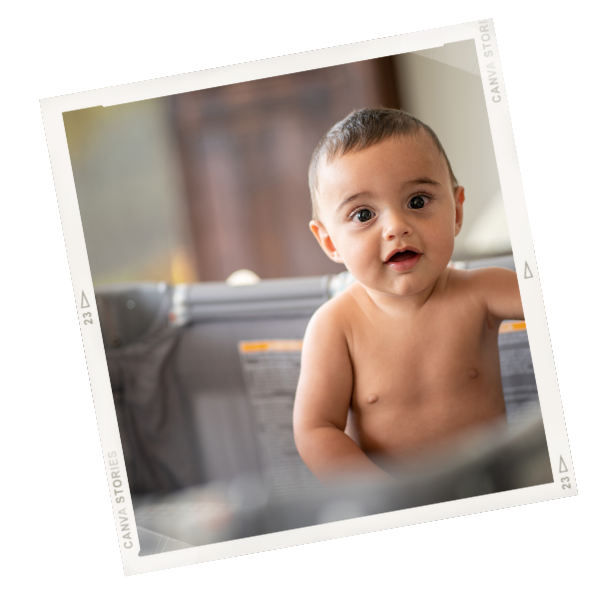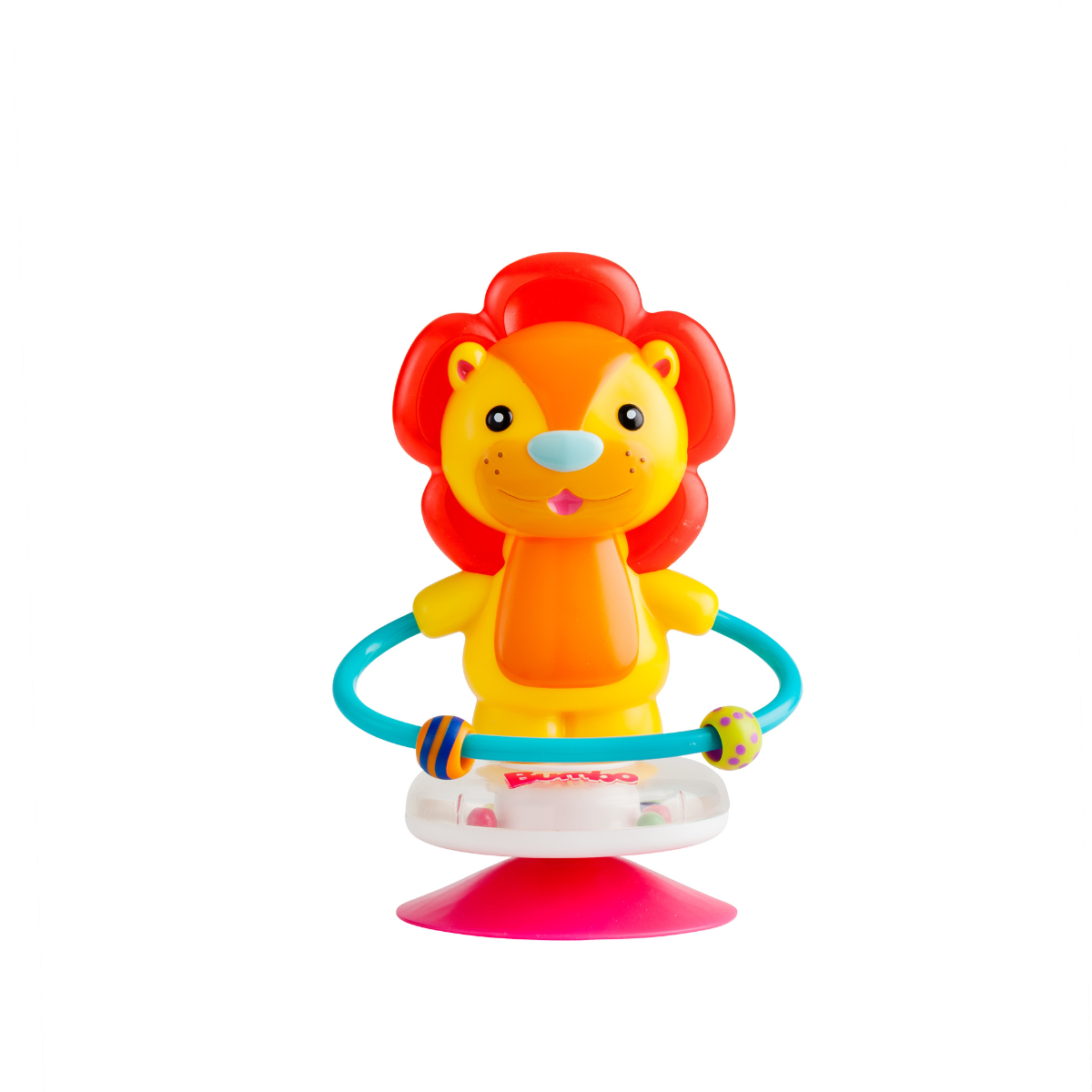Many children who are toilet-trained can still experience wetting accidents during the day. Sometimes these accidents involve wet spots in the underwear, but sometimes kids have full-on accidents that require a change of clothes. This can be a very frustrating problem for kids, parents and their teachers.
Nicole Freedman, a Paediatric Urology Nurse works with children of all ages who suffer from daytime wetting, which is also called diurnal enuresis. In her recent blog she provides some helpful suggestions to keep your child dry.
Reasons behind Daytime Wetting
Diurnal enuresis is when a child who should be toilet-trained has wetting accidents during the day. Statistics say this happens in about 3 to 4 percent of children, particularly school-aged girls. Daytime wetting is generally:
- Involuntary, meaning your child did not do it on purpose.
- May be a result of poor toileting habits and behaviours that have been going on since toilet training.
- May have been developed after toilet training and over time.
One common scenario Nicole deals with in the urology clinic is when kids hold their wee for so long that they leak or dribble urine. She often hears from parents that their children don’t want to stop playing (despite crossing their legs, sitting on their heels or doing the ‘peepee dance’) to go use the toilet. Other children refuse to use the toilet at school because perhaps the bathroom is ‘gross’ or the teacher doesn’t allow toilet trips during class time. She also sees kids who start holding their wee after their first urinary tract infection (UTI) because it caused pain and they subsequently hold their urine out of fear that it will hurt to wee.
Diurnal enuresis can also be secondary to more complex issues such as an active UTI, a problem with your child’s urinary tract or nervous system. Although they are less common than behavioural issues, it is important to rule out all possibilities first. It’s recommended to consult with your child’s doctor.
Overcome Poor Toileting Habits
Wetting accidents are usually caused by poor toileting habits. If your child has been wetting their underwear during the day for a while, it will take time to undo these habits. The key is to be patient, encouraging and persistent. These tips will help:
- Make sure your child stays on a ‘timed toilet schedule’.
- Encourage your child to wee at least every two to three hours during the day, even if she doesn’t feel the urge to go.
- Purchase a ‘vibrating reminder watch’ to help remind your child to ‘stop and go wee’.
- Use a star chart to track trips to the toilet. Your child should wee when they wake up, at morning tea time, at lunchtime, mid-afternoon, around dinner time and again before bed. Children can earn ‘bonus stars’ for staying dry.
The Role of ‘Number Two’
Nicole suggests that kids that hold their wee usually hold their poop as well. Constipation can play a significant role in causing wetting accidents. A child could be constipated even if they do have some sort of a bowel movement every day. Sometimes children who don’t seem constipated are actually ‘full of poop’ when an X-ray is performed.
When your child’s colon is full, it can prevent your child from sensing signals required to let them know they need to use the toilet. A colon full of poop can put pressure on the bladder, which can lead to accidents. It is important to talk to your child’s doctor if you think your child could be constipated. Wetting accidents can be improved significantly just by fixing constipation.
Not Emptying the Entire Bladder
If your child is good at holding their wee, it can be difficult for them to relax their external sphincter (bladder muscle that loosens and tightens to control urination) so they don’t empty their bladder completely when they go to the toilet. They also may relax their external sphincter at inappropriate times and leak wee. This common problem is something called ‘voiding dysfunction’. When the bladder doesn’t get emptied completely, it can cause your child to feel like they need to go to the bathroom a few seconds after they just went! Sound familiar? Your child may leak right after they went to the bathroom because they didn’t empty their bladder all the way. Other times when kids rush through voiding, they will just wee ‘enough’ to make that urge to away but their bladder is still full of urine.
When kids don’t empty their bladder completely, the stagnant urine increases their risk of developing a urinary tract infection.
A good way to help your child is to have them ‘double void’. This means that after they finish weeing, have them try again to see if any more urine will come out. Tell your child to go and wee, then jump up and down a few times or do a little dance, and then try to wee again. Other helpful tips:
- Encourage your child not to rush through weeing. You may want to use a timer in the bathroom to make sure he is spending enough time to wee and poop effectively.
- Encourage your child to relax and breathe deep when on the toilet, to help relax her muscles and improve bladder emptying.
- If your child’s legs are short and don’t reach the floor place a foot stool in front of the toilet. This will allow her to rest her feet and have an easier time relaxing.
Thanks to Nicole Freedman for the helpful information she has provided. We hope this article takes some of the stress out of daytime toilet accidents and helps lead to dry undies for your child. While you’re implementing these tips at home, be patient and reward children for their hard work! If you can get children to work for something they want, like a trip to the bike park, a new game or watching ‘Frozen’ for the seventieth time, then they may be more motivated to make changes and stick with them. Good luck and please share this with your friends and family who are parents of young children.
Thanks to: https://www.chla.org/blog/rn-remedies/make-daytime-wetting-thing-the-past
Which vibrating reminder watch is right for us?








